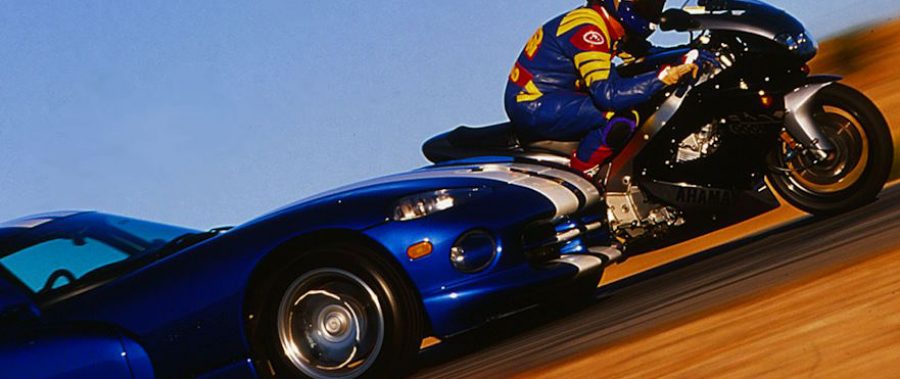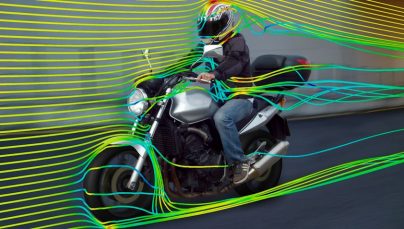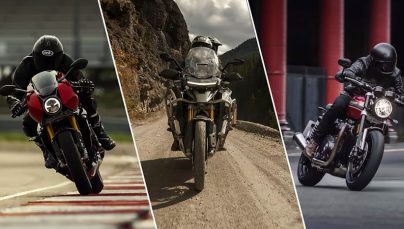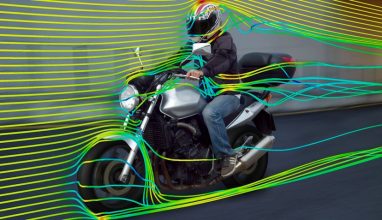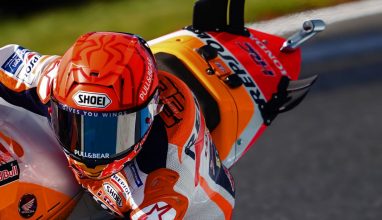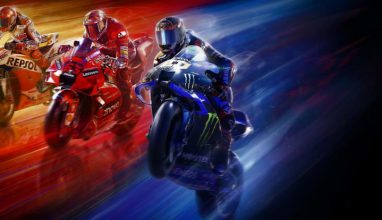The two most-watched racing events worldwide are Moto GP and Formula 1, and interest in both events is on the rise. MotoGP and Formula 1 were previously restricted to a small number of nations, but the sport has now expanded to almost every continent and to almost 20 countries. They are among the fastest motorsports in the world 4 wheeler and other 2 wheeler. Both races and the drivers have drawn larger crowds of spectators over time and the agility of motorcycle racing versus the power of car racing is remarkable. Additionally, the safety measures are much stricter than previously, and the abilities have increased.
Which sport is more challenging, MotoGP Or F1?
Participants frequently attain relatively high speeds in Formula 1 and MotoGP. When driving straight in Formula 1, drivers can reach speeds of up to 220 mph depending on the type of corner, corner speeds are typically between 100 and 190 mph. Riders in the MotoGP class can also reach speeds of up to 220 mph, although they can only reach speeds of 50 to 85 mph when turning. It should come as no surprise that these two cars, comparing the dangers and excitement in motorcycle and car racing to drive because F1 and MotoGP are intense motorsports.

Which sports get rider benefits?
Since participants in these sports are highly talented thanks to years of training and some of the most athletic sports players in all of the American sports, an average car driver or motorbike rider won’t be able to steer one of these vehicles. MotoGP riders have more comfortable while travelling straight ahead or when negotiating corners. Riders in the MotoGP use their bodies and body positions to counteract the g-forces given to them when moving. That kind of luxury is unavailable to Formula 1 drivers. F1 drivers are struck directly with g-forces driving since they are situated in a cockpit with little to no movement space.
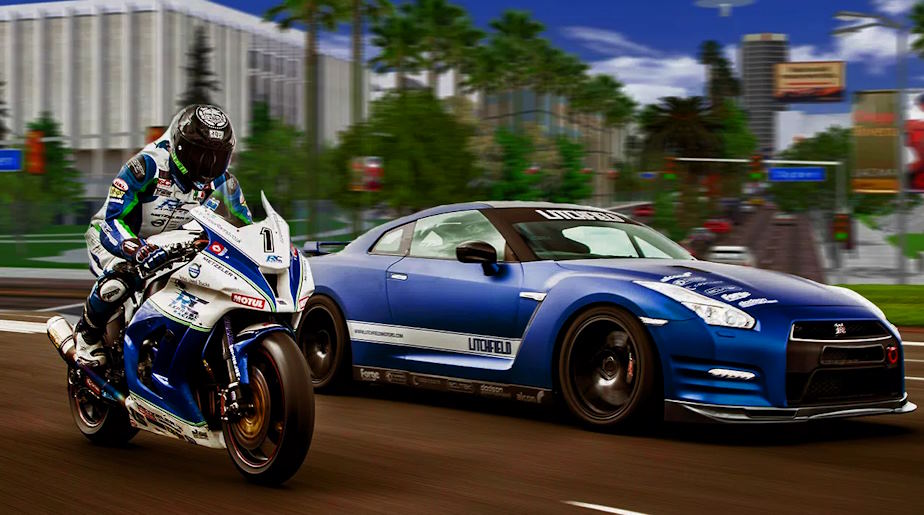
Differences between MotoGP and F1
The main difference between MotoGP and Formula 1 is that the former has four wheels while the latter only has two. Each vehicle offers distinct difficulties, which we will go into greater detail shortly and the influence of motorcycle and car racing on vehicle development. Aside from the amount of tires, each tire’s weight varies greatly. A MotoGP bike weighs about 157 kg (346 lbs) on its own, whereas an F1 car must weigh at least 798 kg (1760 lbs) with the driver but without fuel.
The automobile is obviously considerably large than the bike, and as a result, its engines are also much large. A four-cylinder, 1-litre engine with 250 horsepower used motorcycles. The 1.6-litre hybrid V6 engine in F1 vehicles has a maximum output of 1000 horsepower. As a result, the bike’s power-to-weight ratio is greater than the car’s, but many other factors play besides power.

